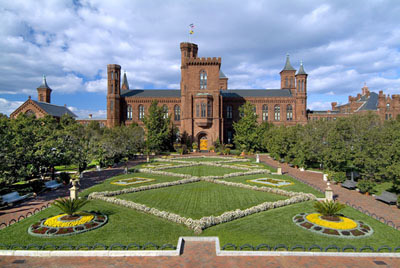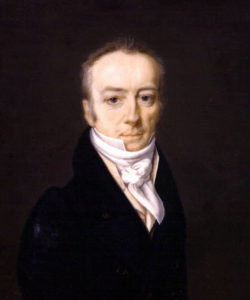28 Jun How a British Scientist’s Estate Created the Smithsonian
 With nineteen museums and the National Zoo, the Smithsonian Institution is the largest museum, education, and research complex in the world. However, all of the resources, research, and educational opportunities available at the Smithsonian would not exist without the Institution’s namesake, James Smithson, and his estate.
With nineteen museums and the National Zoo, the Smithsonian Institution is the largest museum, education, and research complex in the world. However, all of the resources, research, and educational opportunities available at the Smithsonian would not exist without the Institution’s namesake, James Smithson, and his estate.
Who was James Smithson?
James Smithson was a British scientist and the illegitimate child of a wealthy Englishman. He traveled extensively throughout his life. However, he never set foot in America. Despite never visiting the U.S., Smithson left his estate, which was worth half a million dollars, to the U.S. More specifically, according to his last will and testament, Smithson left his estate to the U.S. to create “at Washington, under the name of the Smithsonian Institution, an establishment for the increase and distribution of knowledge.”
Creation of the Smithsonian Institution 
Smithson died in 1829. Congress did not accept his bequest until 1836. Then, after ten years of debate, the Smithsonian was founded in 1846. Over time, the Institution has grown to include 154 million museum objects and specimens, 2.1 million library volumes, and numerous research and education programs. 12.5 million people have visited the Smithsonian in 2017 alone. So, what made Smithson decide to create the Smithsonian Institution?
Speculation Surrounding Smithson
Since Smithson never spoke with family or friends about the decisions made in his last will and testament, no one knows why he chose to leave his estate to the United States. Some speculate that being denied his father’s legacy played a role in his decision. Others suggest democracy inspired him. Another theory suggests he wanted to emulate the Royal Institution and its goal to use scientific knowledge to improve lives. Regardless of his motivation, Smithson and his estate have successfully impacted the arts, humanities, and sciences. Visitors can thank Smithson by stopping by his crypt located on the second floor of the Smithsonian Castle.


